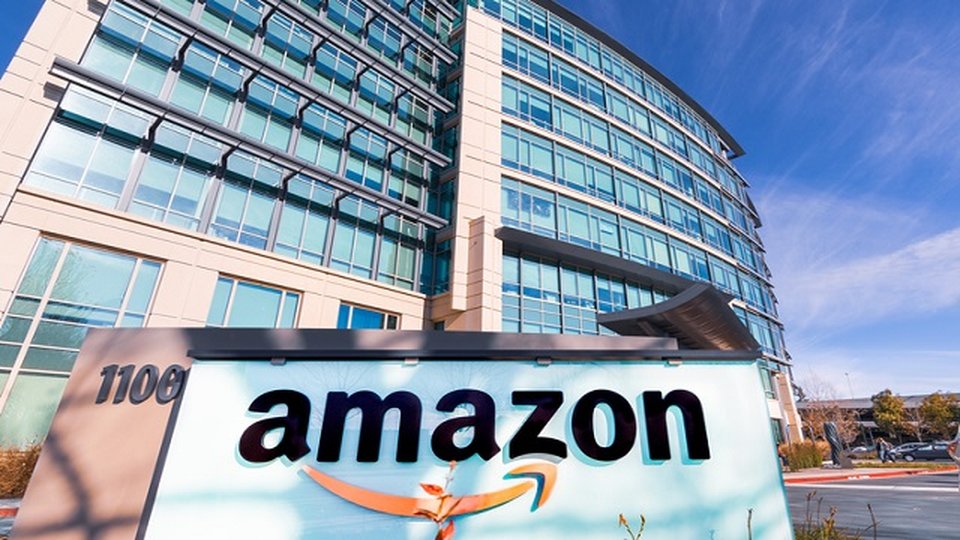E-commerce
Amazon Prime Day 2020 a huge boon for SMB retailers
Amazon's marketplace saw stupendous sales activity during its annual two-day Prime Day event, with small retailers enjoying a 60% boost compared to last year's event.

October 15, 2020 by Judy Mottl — Editor, RetailCustomerExperience.com & DigitalSignageToday.com
Amazon's annual two-day sales extravaganza this week, Prime Day, proved to be a huge revenue boon for the small and medium third-party retailers using the global e-commerce site's platform for business.
This past Tuesday and Wednesday were the two biggest days ever for SMBs at Amazon's Stores as sales surpassed $3.5 billion across 19 countries — a 60% spike compared to Prime Day 2019 and "growth larger than Amazon's own retail business," according to a press release.
That spike in SMB business is obviously boosted Amazon's revenue line as retailers pay for operating on the platform. Amazon offers two selling plans: a Professional level that costs $39.99 per month plus a per-item referral fee that varies by category, and an Individual selling plan that costs $0.99 per unit sold plus a per-item referral fee that varies by category. Other costs may apply, depending on how the retailer ships orders or advertises.
This year's SMB $3.5 billion figure is a huge gain when compared to previous Amazon marketplace sales just a few years ago. In 2018 24,000 small and medium-sized businesses eclipsed $1 million in sales in Amazon's marketplaces worldwide in 2018 — a jump of 20% from 20,000 in 2017, according to a January, 2019 MarketplacePulse article. The report noted that while millions of sellers worldwide are selling on Amazon less than 1% had been able to achieve $1 million in sales. As of early 2019 there were an estimated 206,237 sellers with $100,000 in sales, 50,465 sellers with $500,000 in sales, and 23,172 with $1 million in sales, according to MarketplacePulse.
The SMB revenue spike comes as Amazon is investing $18 billion this year to help SMBs succeed on its marketplace and recently funded a promotion before prime Day that led to $900 million in sales two weeks before the annual event, according to the release.
"We are thrilled that Prime Day was a record-breaking event for small and medium businesses worldwide, with sales surpassing $3.5 billion — an increase of nearly 60% from last year," Jeff Wilke, Amazon CEO Worldwide Consumer, said in the release. "We're also proud that Prime members saved more than $1.4 billion, and we look forward to providing more opportunities for our selling partners to grow and customers to save throughout the holiday season. I'm incredibly thankful to our employees and partners around the world who helped make Prime Day possible, especially the dedicated front-line teams in our fulfillment centers and delivery operations."
On the consumer side of Prime Day 2020, Prime members saved more than $1.4 billion given deep discounts this year, according to the release. Top categories shopped included home, electronics and nutrition and wellness. Top-selling products included the Echo Dot, Fire TV Stick 4K with Alexa Voice Remote, iRobot Roomba Robot Vacuum, LifeStraw Personal Water Filter, and Lego Star Wars Stormtrooper Helmet, according to the release.
The fastest delivery during Prime Day was 29 minutes and 54 seconds, according to the release, and a greater number of Prime members chose to shop items to an Amazon Hub compared to last year.
While Amazon's release did not provide info on average sales or its own revenue impact, research firm Numerator kept an hourly updated record of Prime Day activity. It reported the average order this year was $44.21 and that 56% of households shopping Prime Day place two or more orders, for an average household spend of $110.02. It identified the typical Prime Day shoppers as a high-income, suburban female age 35 to 44.
The top sold items list, according to Numerator, was heavy on Amazon devices:
1. Echo Dot 3rd Generation
2. Gift Card Reload
3. Amazon Smart Plug
4. Fire TV Stick
5. Echo Show 5
In regard to social media activity around Prime Day it was also a record-breaking event. Social media analytics firm Sprout Social reported 402,294 total conversations tracked on Twitter during the two-day event, reflecting a healthy jump from 184,610 conversations Prime Day 2019 (which took place July 15 and 16).
